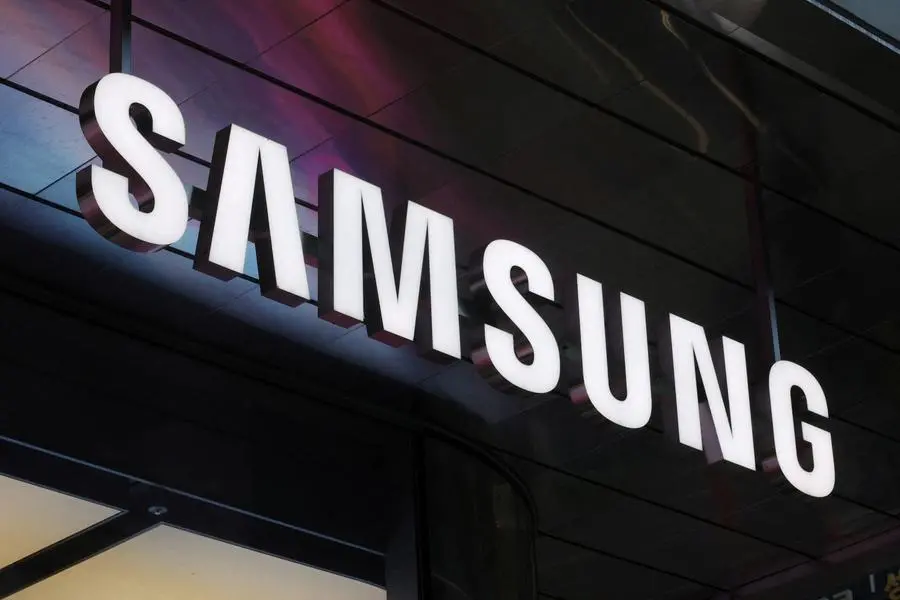Samsung has officially entered the high-end spatial computing market, unveiling its highly anticipated Galaxy XR headset. Developed in collaboration with Google and Qualcomm, the device is positioned as a direct and formidable competitor to Apple’s Vision Pro, aiming to capture the market with a compelling combination of powerful hardware, a robust software ecosystem, and a significantly more accessible price point.
A Lighter And More Affordable Vision Pro Challenger
The Galaxy XR headset is aggressively priced at $1,800, nearly half the cost of the Apple Vision Pro, making high-end mixed reality more attainable. It also boasts a lighter design, weighing 545g compared to the Vision Pro’s 750g-800g. Samsung attributes this to “a combination of its shape, advanced materials and the structural optimization of each component,” resulting in a device with an optimal balance between lightweight design and robustness.
On the technical front, the headset features a micro-OLED display with 27 million pixels—six million more than the Vision Pro—and a resolution of 3,552 x 3,840. However, its refresh rate is 90Hz, compared to the latest Vision Pro’s 120Hz. The device is powered by Qualcomm’s Snapdragon XR2+ Gen 2 platform and offers up to two hours of general use. It is equipped with an advanced camera system, including two high-resolution pass-through cameras, six world-facing tracking cameras, and four eye-tracking cameras.
Powered By Google’s Android XR Ecosystem
Running on Google’s new Android XR operating system, the Galaxy XR is deeply integrated with Google’s suite of AI and productivity tools. Users can leverage Gemini to navigate in immersive 3D Google Maps, search for YouTube content, or learn more about a video they are watching. The headset also introduces innovative features like converting 2D images into 3D in Google Photos and using a hand gesture to “Circle to Search” for information about real-world objects in pass-through mode.
For productivity, the device supports multitasking with multiple apps of any size. On the entertainment front, streaming services like Crunchyroll, HBO Max, and Peacock have reworked their applications for the Android XR platform, allowing users to watch content on a virtual 4K screen. Early adopters will receive an Explorer Pack that includes 12 months of premium subscriptions to Google AI Pro, YouTube Premium, and Google Play Pass, among other benefits.
Implications For The MENA XR Landscape
The launch of the Galaxy XR has significant implications for the burgeoning tech ecosystem in the MENA region. Its more accessible $1,800 price point could substantially lower the barrier to entry for developers, startups, and enterprises in cities like Dubai, Riyadh, and Cairo looking to build for the spatial computing era. This could accelerate innovation in localized XR applications for key regional sectors such as real estate, tourism, education, and e-commerce.
Furthermore, the open nature of the Android XR ecosystem may prove more attractive to the region’s vibrant developer community compared to Apple’s closed system, potentially fostering a new wave of B2B and B2C solutions. For MENA-based VCs and founders, Samsung’s entry validates the massive potential of the XR market, creating fresh investment opportunities in startups building the next generation of immersive experiences.
About Samsung
Samsung is a global leader in technology, creating new possibilities for people everywhere. Through relentless innovation and discovery, the company is transforming the worlds of TVs, smartphones, wearable devices, tablets, digital appliances, and network systems. Headquartered in South Korea, Samsung Electronics operates in numerous countries and is at the forefront of the consumer electronics and semiconductor industries.
Source: TechCrunch












